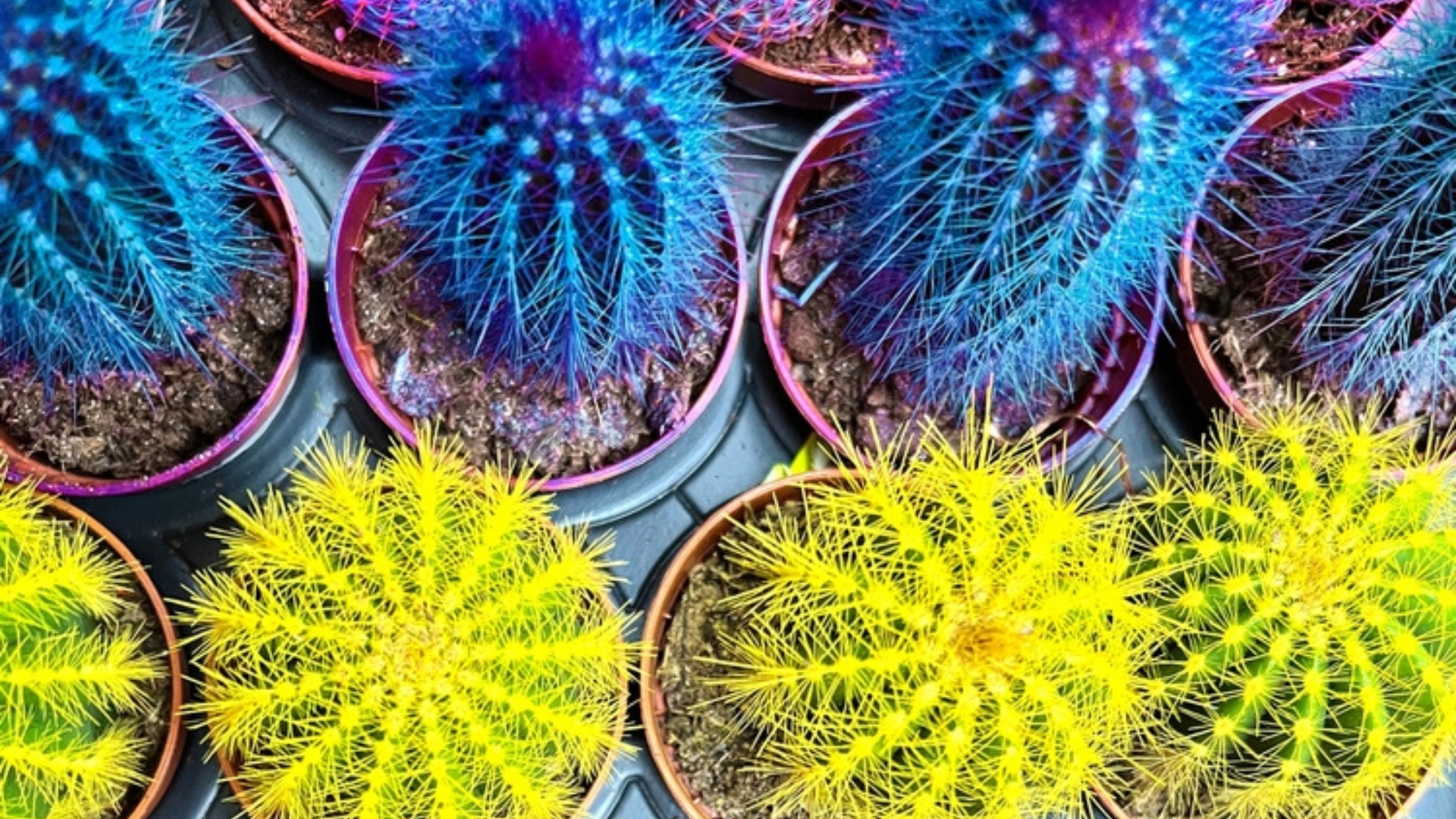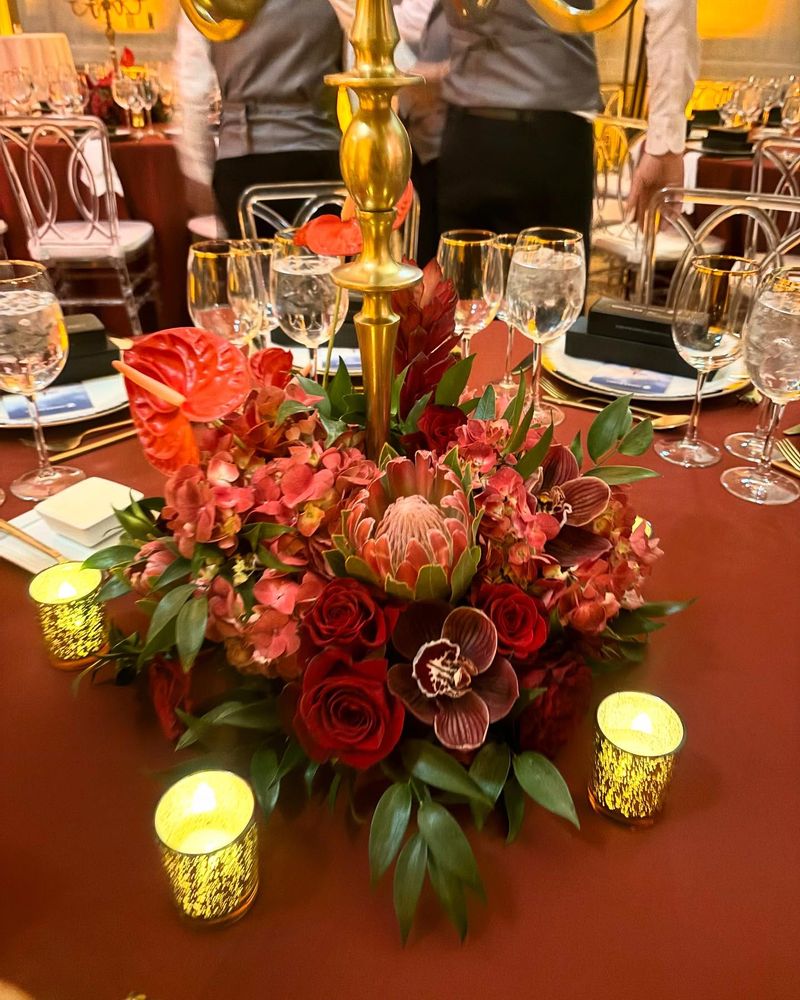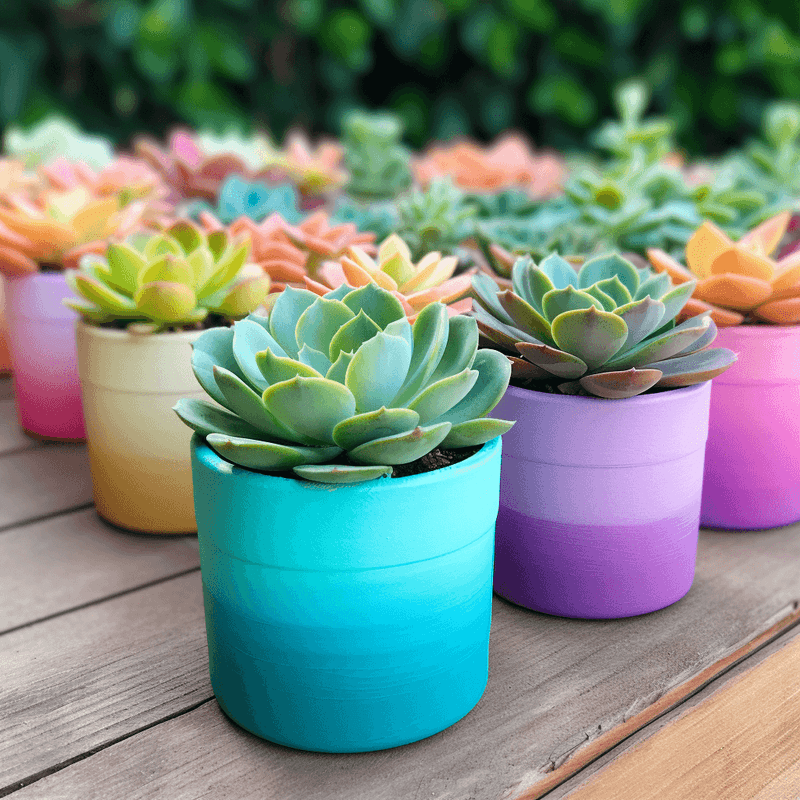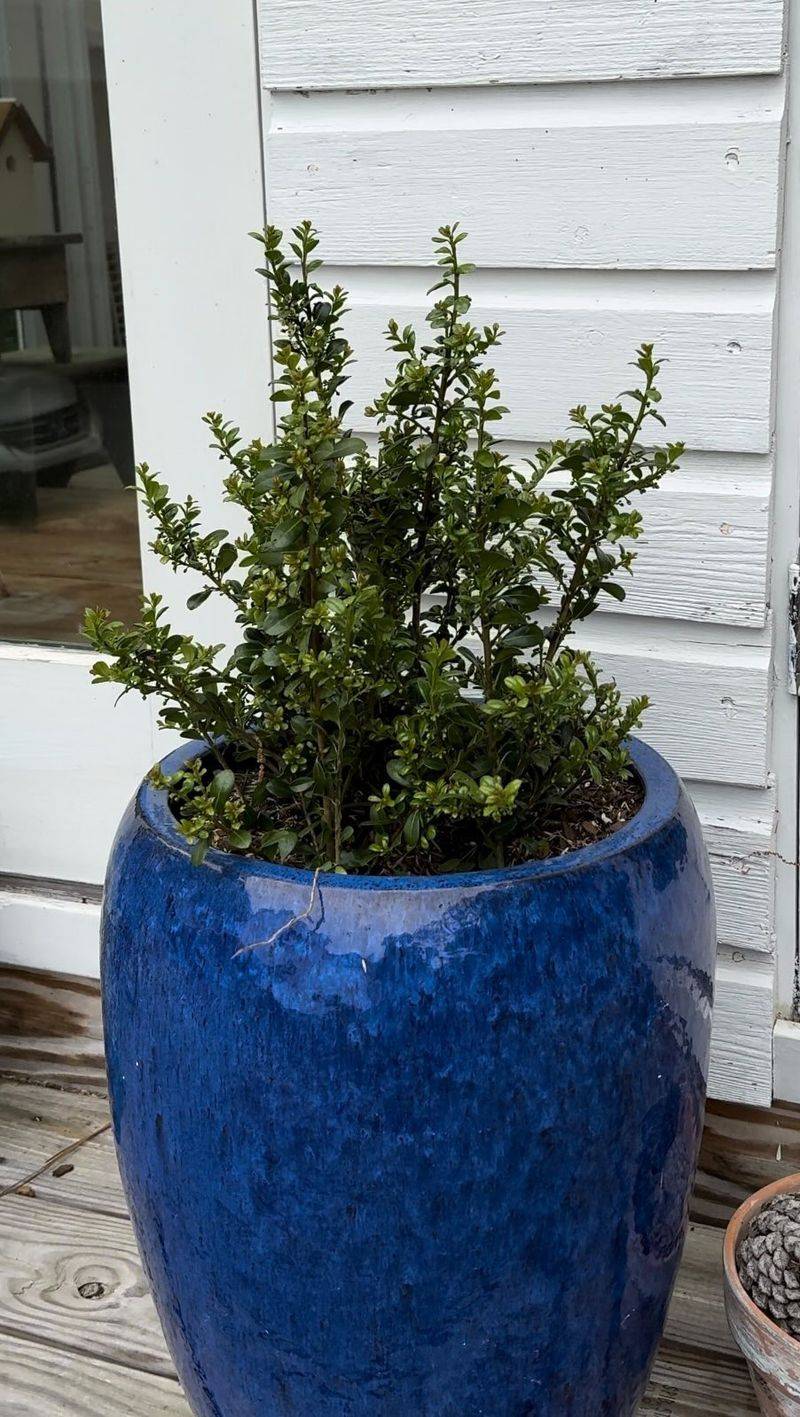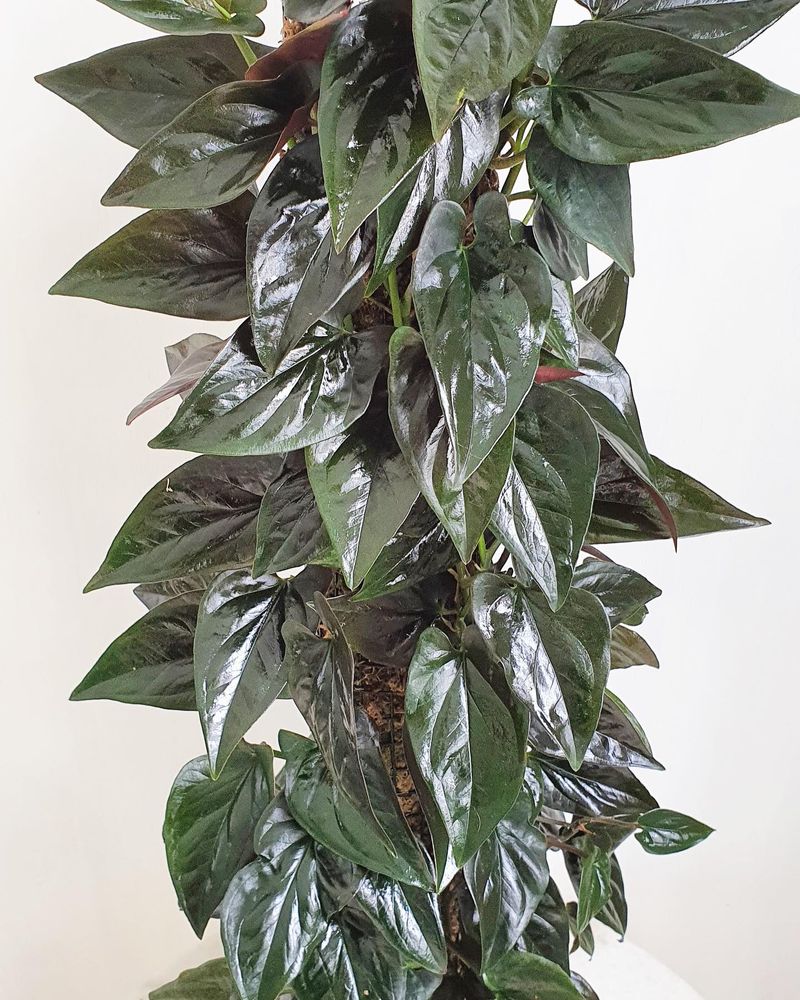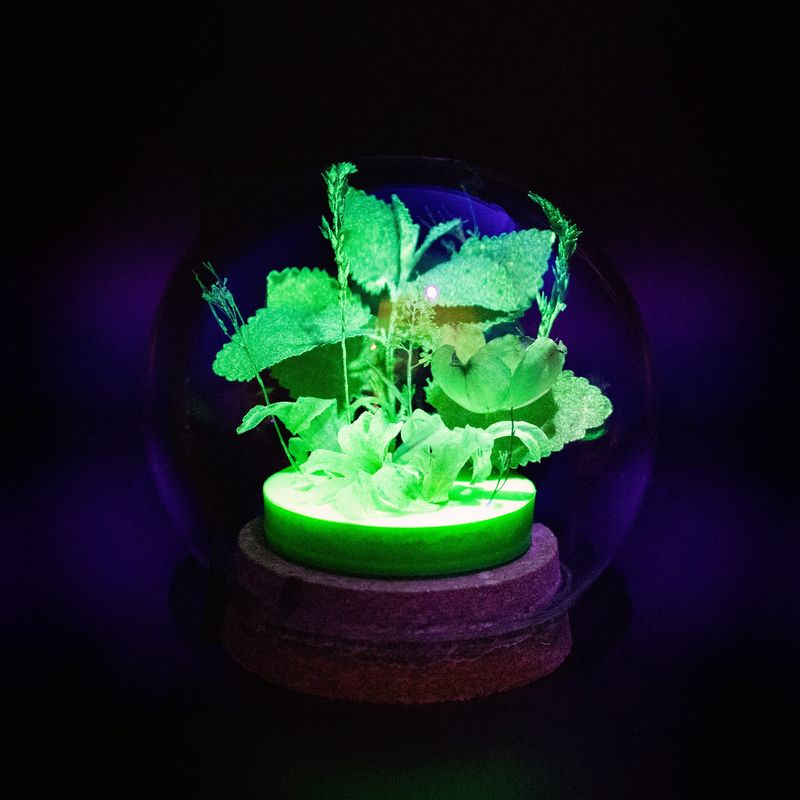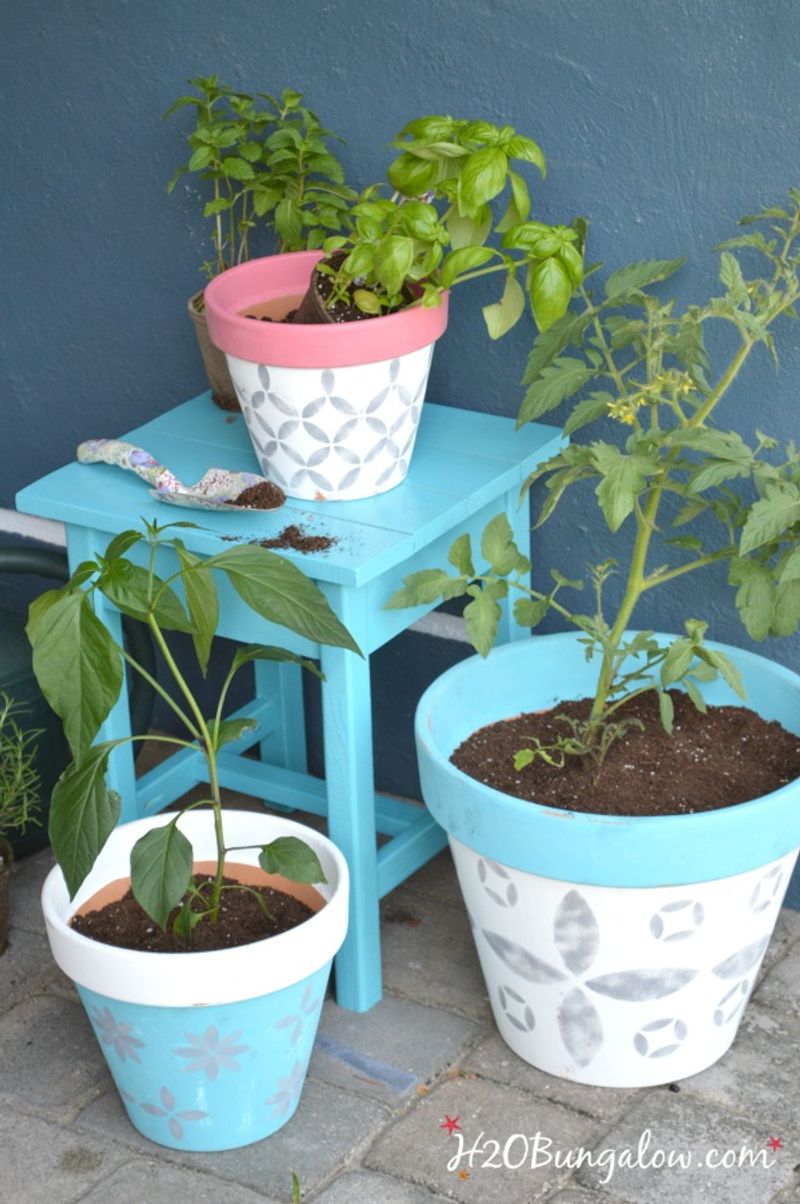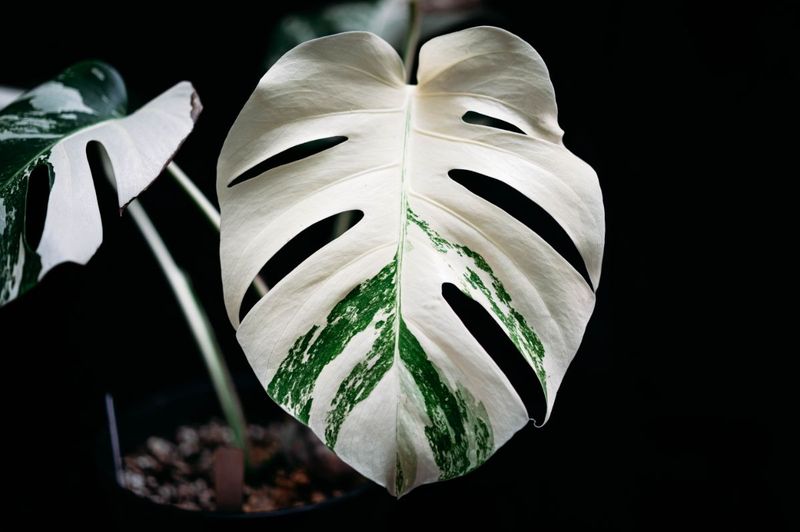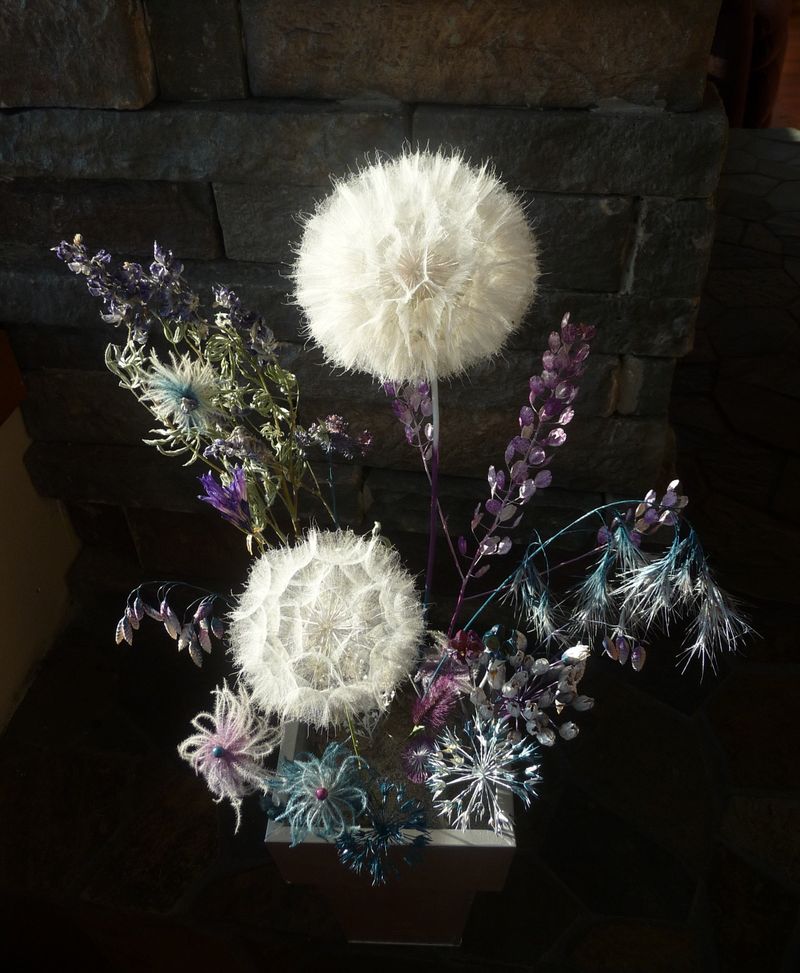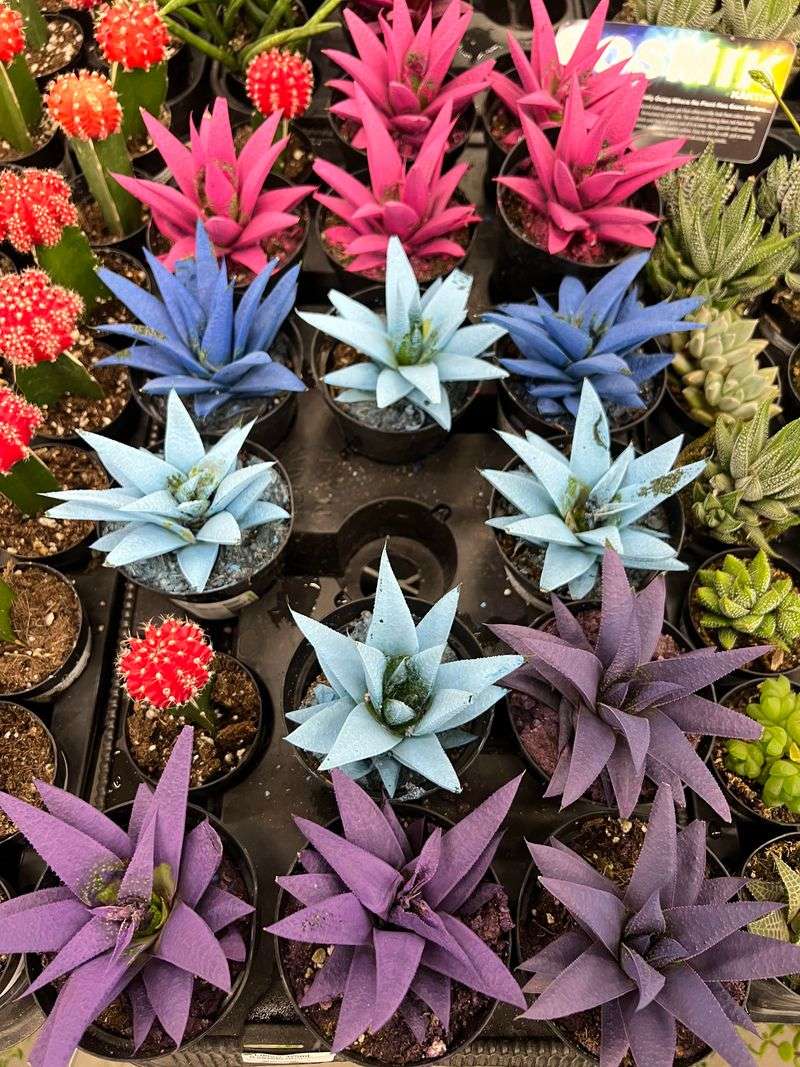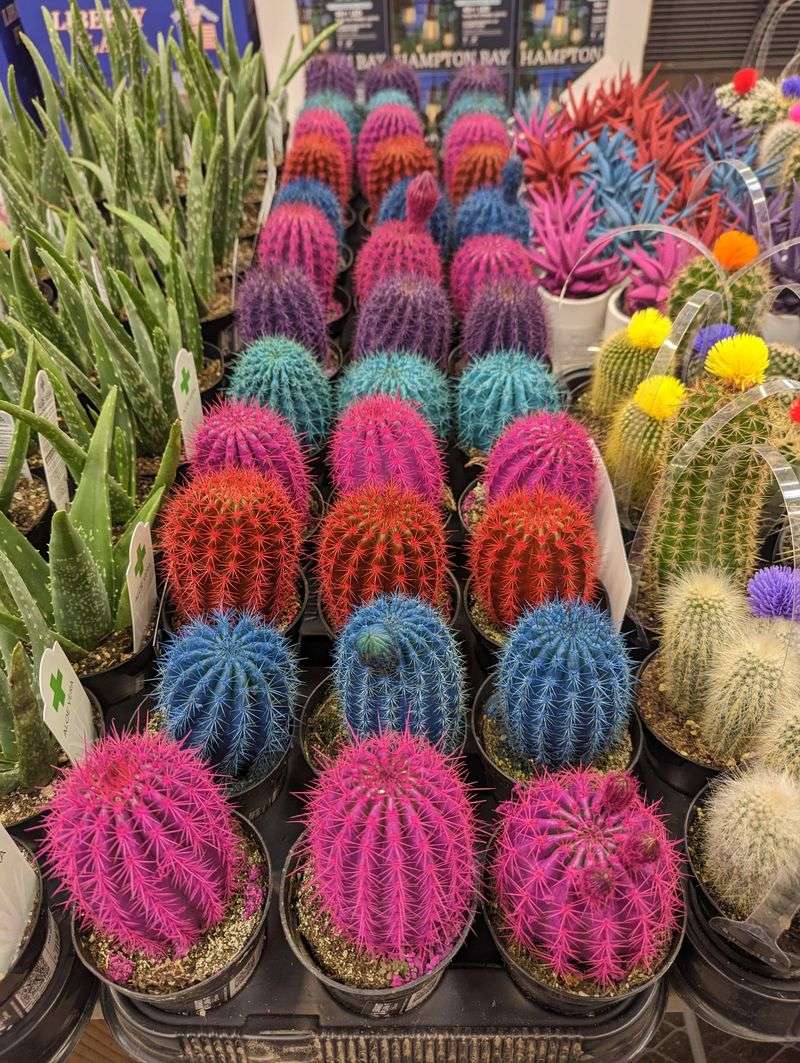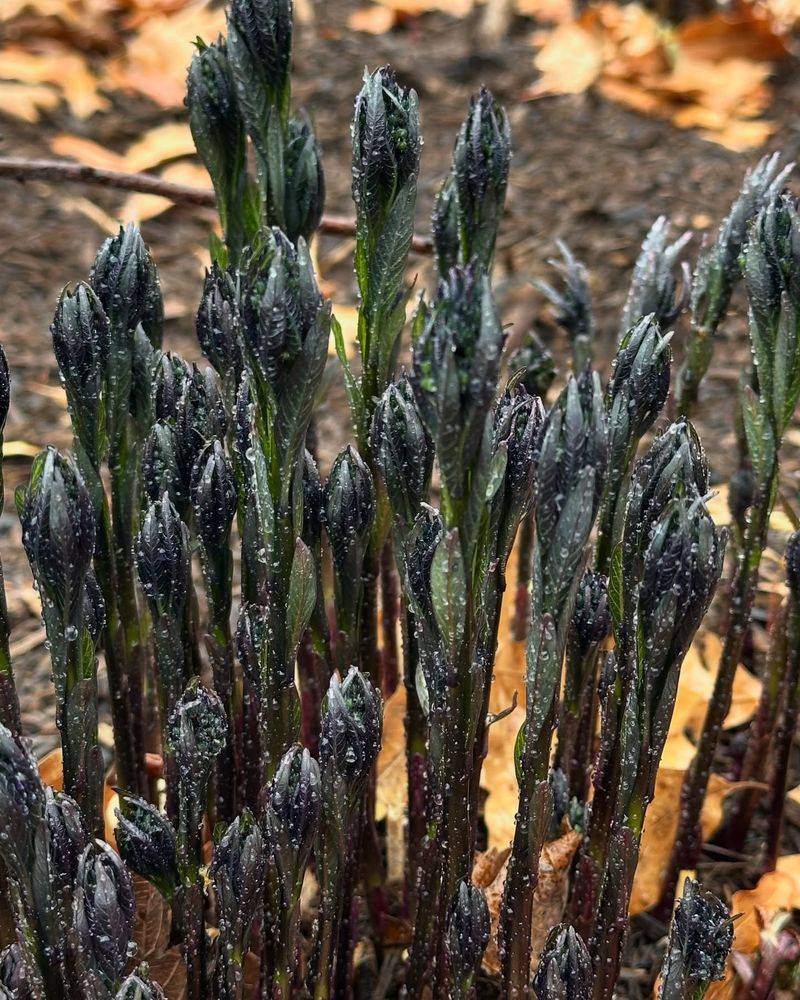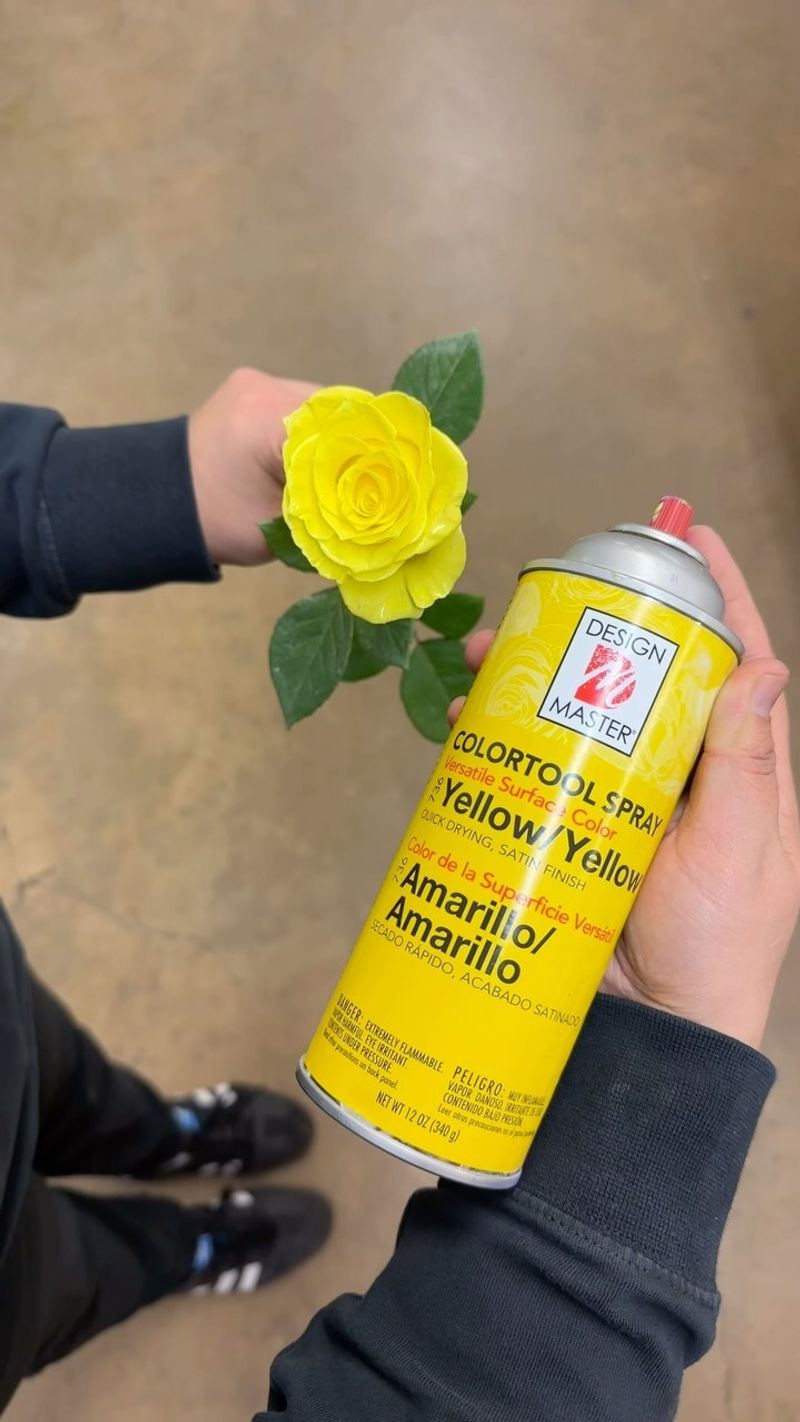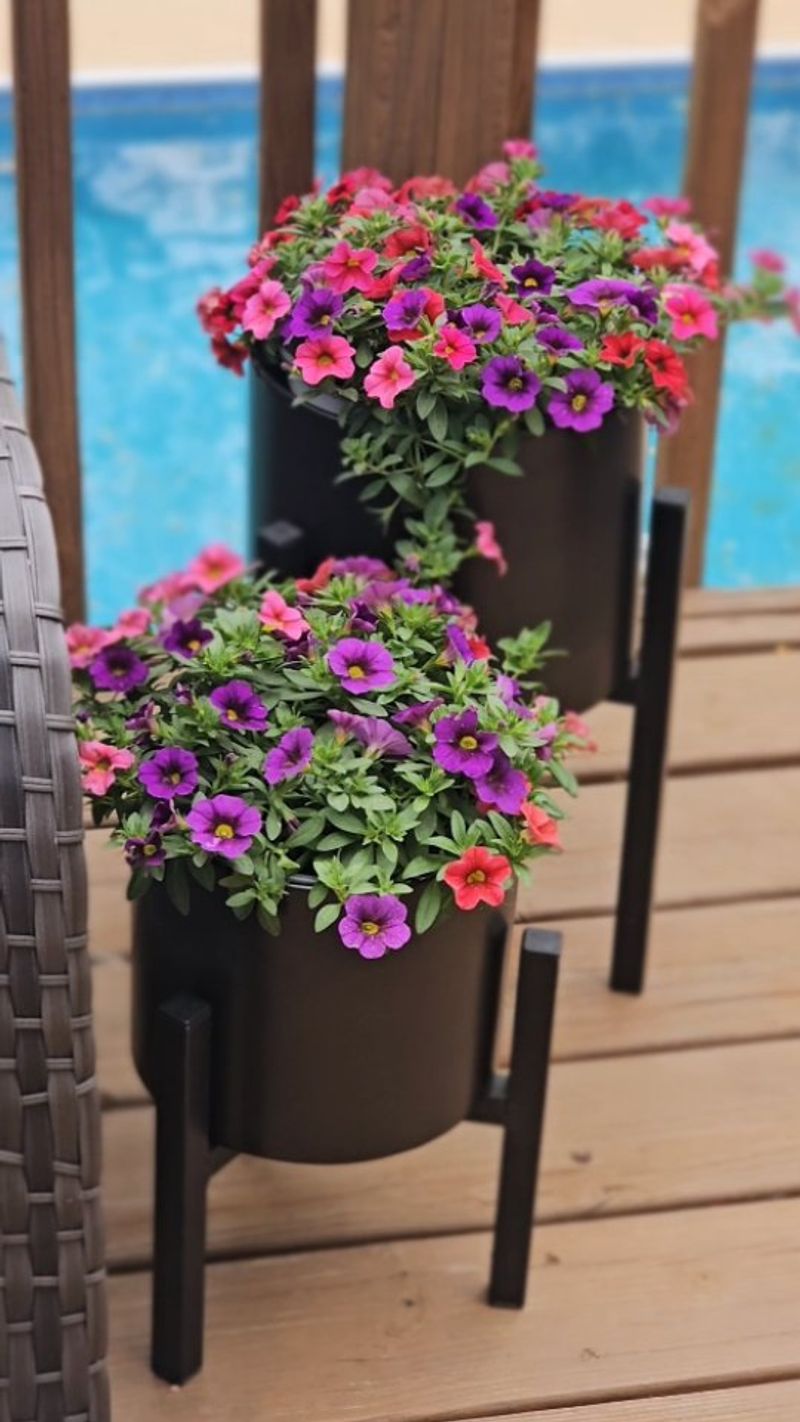Ever walked past a store with bright blue succulents or gold-tipped ferns and wondered who buys those? Well, more people than you might think! Spray-painting plants has become a creative way to express yourself through greenery. While it might seem strange at first, there are actually some pretty good reasons why people add a splash of color to their leafy friends.
1. Perfect for Special Occasions
Weddings, birthday parties, and holiday celebrations often need decorations that match specific color schemes. Regular green plants might clash with your carefully planned decor, but a quick spray of color can transform them into perfect themed accessories.
Many event planners specifically request colored plants to create cohesive displays. The temporary nature of these events means you don’t have to worry about long-term plant health—just the wow factor for your guests.
Plus, it’s often cheaper than buying fresh-cut flowers that will wilt quickly, making spray-painted plants both economical and eye-catching for your special day.
2. Creates Seasonal Decorations
Who says Christmas trees should be the only festive plants? Spray-painting allows you to transform ordinary houseplants into seasonal decorations. Imagine silver-tipped ferns for winter, pastel-colored plants for Easter, or orange-dusted succulents for Halloween.
Many craft stores sell plant-safe paints specifically designed for this purpose. These products allow the plant to continue photosynthesizing while sporting a festive look that matches your holiday decor.
The best part is that when the season changes, you can either let the paint naturally fade or trim away the colored portions as the plant grows.
3. Artistic Expression
Plants become living canvases when you add paint to them. Creative souls find joy in turning ordinary greenery into extraordinary art pieces. Some artists create stunning ombré effects, gradients, or even intricate patterns using specialized stencils.
Art galleries occasionally feature installations with painted plants as part of larger artistic statements. The contrast between natural growth and artificial color creates a fascinating visual dialogue about human intervention in nature.
Many plant enthusiasts document their colorful creations on social media, inspiring others to experiment with this unique form of expression that blends horticulture with visual arts.
4. Revives Dying Plants
Got a plant that’s seen better days? Sometimes a coat of paint can give it a second life as a decorative piece. When leaves turn brown or yellow despite your best care efforts, a touch of color can transform that dying spider plant into an interesting focal point.
Garden centers often spray-paint struggling plants that wouldn’t sell otherwise. Many customers appreciate the honesty—they know they’re buying a decorative item rather than a thriving plant.
For those who struggle with plant care but still want greenery in their homes, painted plants offer a low-maintenance alternative that won’t remind you of your gardening failures.
5. Brightens Dark Corners
Some homes and offices have spaces where natural light barely reaches. Regular plants might struggle in these conditions, but painted plants can bring color to these dim corners without needing sunlight to look vibrant.
Interior designers often recommend bright-colored plants for rooms with limited natural light. The pop of unexpected color draws the eye and creates visual interest in otherwise overlooked areas of your space.
Metallic spray paints are particularly effective in dark corners because they reflect whatever light is available, creating a subtle glow that can make small spaces feel more dynamic and alive.
6. Makes Unique Gifts
Forget boring gift cards! A hand-painted plant shows thoughtfulness and creativity that mass-produced presents can’t match. Friends and family will appreciate the time you took to customize a living gift specifically for them.
Many people spray-paint plants in colors that match the recipient’s home decor or favorite colors. Adding personal touches like small painted patterns or initials makes the gift even more special and one-of-a-kind.
Unlike cut flowers that wilt within days, a painted plant can serve as a lasting reminder of the occasion, especially if you use paints that gradually fade to reveal the healthy plant beneath.
7. Solves Mismatched Pot Problems
Found the perfect pot but your plant’s color clashes horribly? A light dusting of complementary spray paint fixes that design dilemma instantly. Interior decorators use this trick to ensure plants coordinate with carefully planned color schemes.
Rental homes often come with restrictions on painting walls or making permanent changes. Painted plants offer a temporary way to incorporate your favorite colors without losing your security deposit.
Even professional staging companies use this technique when preparing homes for sale, ensuring that every element in the space works together to create an appealing visual impression for potential buyers.
8. Creates Faux Rare Varieties
Some rare plant varieties cost hundreds or even thousands of dollars. Spray-painting gives you the look of these coveted specimens without the eye-watering price tag. Pink philodendrons and blue monsteras can be yours with just a can of paint!
Plant collectors often experiment with creating look-alikes of expensive variegated varieties. While true plant enthusiasts can spot the difference, casual observers will be impressed by your seemingly exotic collection.
This practice also lets you preview how a rare variety might look in your space before investing in the real thing, helping you make more informed decisions about high-cost plant purchases.
9. Photography and Media Purposes
Magazine shoots, film sets, and social media influencers frequently use painted plants to achieve specific aesthetic goals. The camera loves the bold, consistent colors that painted plants provide, especially when natural varieties might look too subdued or ordinary.
Food photographers have discovered that spray-painted herbs make excellent garnishes that won’t wilt under hot studio lights. Though not edible, they maintain their perfect appearance throughout lengthy photo sessions.
Fashion brands often incorporate painted plants into window displays and promotional materials, creating surreal botanical backgrounds that complement their merchandise while standing out from competitors using standard greenery.
10. Educational Projects for Kids
Science teachers use painted plants to demonstrate how plants grow and shed old leaves. Children can track new growth as it emerges unpainted, making plant development visible and exciting to young minds.
School art projects often incorporate plant painting as a way to teach about color theory and natural forms. Using child-safe, water-based paints allows kids to experiment with botanical art without harmful chemicals.
The activity also opens conversations about plant anatomy and care, turning a creative project into a multi-disciplinary learning experience that might spark a lifelong interest in both art and botany.
11. Temporary Color Changes
Unlike permanent modifications, many plant paints gradually wash away or fade. This allows you to experiment with different looks throughout the year without committing to one style forever.
Chalk-based and water-soluble paints offer especially flexible options for plant decoration. These products sit on the surface of leaves without penetrating deeply, allowing the plant to continue its natural processes underneath its colorful coating.
Many plant lovers enjoy photographing the transition as painted plants grow out, documenting the interesting contrast between colored older growth and fresh green new leaves emerging unpainted from the center.
12. Pest and Animal Deterrent
Garden centers sometimes spray-paint plants to deter pests that rely on visual cues to find their favorite meals. The unusual colors confuse insects and animals that might otherwise munch on your precious greenery.
Outdoor gardeners have found that painting the lower portions of plant stems can reduce damage from rabbits and deer. These animals are naturally suspicious of unfamiliar colors and often avoid plants that don’t match their expectations of what food should look like.
Even household pets may be less likely to chew on painted plants, though you should always ensure you’re using non-toxic products if you have curious cats or dogs.
13. Business Branding Opportunities
Smart businesses use painted plants to reinforce their brand colors and identity. Imagine walking into a store where even the plants match the company’s signature color palette—that’s attention to detail that customers notice!
Corporate events and trade shows often feature painted plants as part of cohesive display designs. These living brand elements create memorable impressions that stand out in crowded exhibition halls full of standard decorations.
Restaurants and cafes with strong aesthetic themes incorporate painted plants to enhance their unique atmosphere, creating Instagram-worthy corners that customers love to photograph and share on social media.
14. Reduces Plant Shopping Frustration
Can’t find plants in the exact shade you want? Spray painting solves this common decorating dilemma instantly. Home decorators no longer need to visit multiple garden centers hoping to find naturally occurring plants in specific color tones.
This approach is particularly useful for events with unusual color schemes that don’t match naturally available flowers and plants. Wedding planners regularly use this technique to ensure floral elements perfectly complement bridesmaid dresses or other decor elements.
For people with specific vision or design goals, the ability to customize plant colors eliminates compromise and delivers exactly the look they’ve imagined for their space.
15. Makes Plant Identification Easier
Community gardens use color-coding to mark different varieties or ownership. A quick spray of color on the pot edge or a leaf tip helps everyone identify which plants are which without needing labels that can fade or fall off.
Research facilities often mark experimental plants with different colors to track various treatment groups. This visual system makes it immediately clear which plants have received specific treatments, reducing errors in scientific studies.
Even at home, color-coding can help you remember which plants have different care needs. A touch of red paint might indicate your drought-resistant specimens, while blue marks those needing frequent watering.

